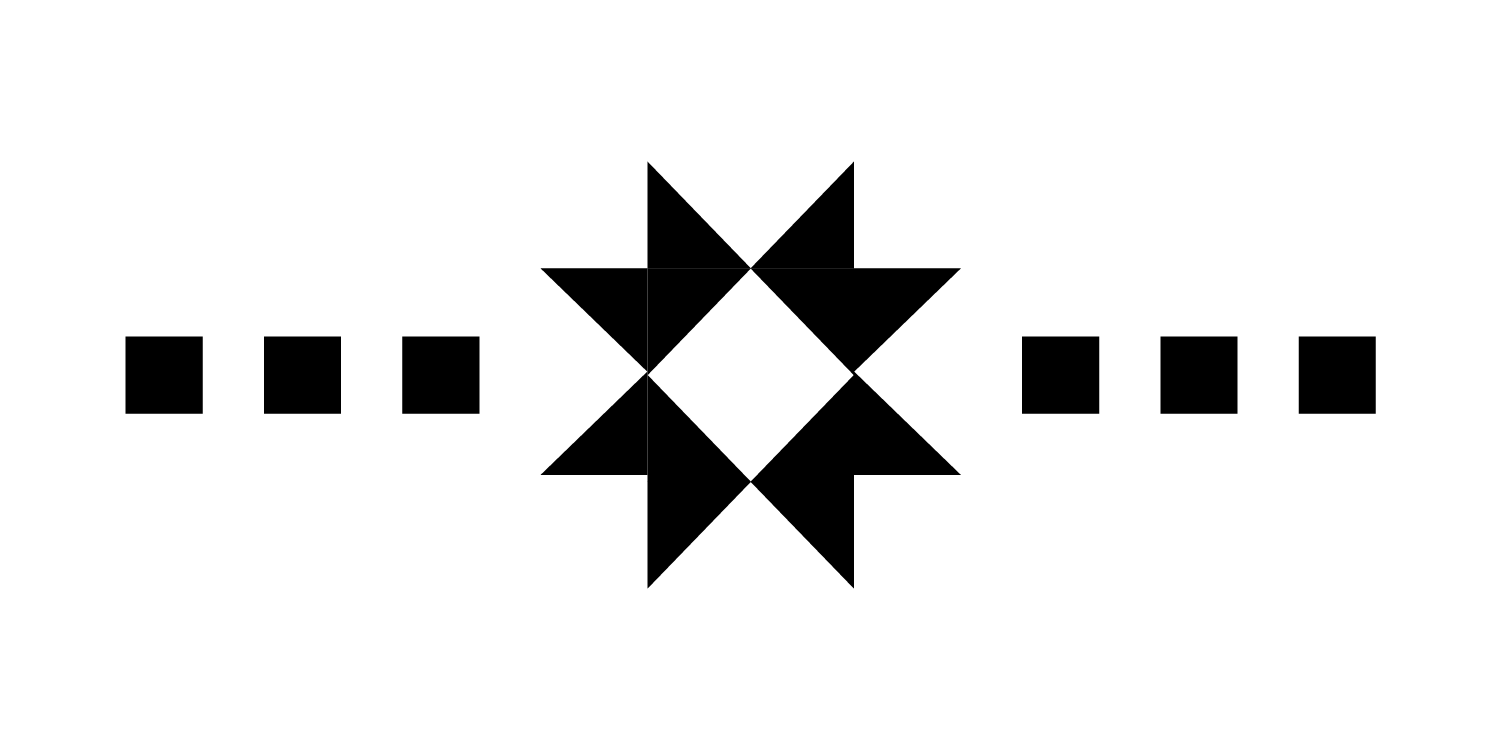
At this point in your quilt-making journey, you’ve finished quilting, and you’re ready to attach binding.
The kind of binding we will make today is called double-fold binding, because it gets folded once before attached to your quilt, then again when you go to sew the binding on. This tutorial will show you how to make double-fold binding, and how to attach it to your quilt.

Before you begin, you’ll want to trim any excess batting and backing off your quilt, and straighten up the edges. Use a long ruler and rotary cutter to square up.
Cut Your Double-Fold Binding Strips
Decide what width of binding you want. Usually, standard double-fold binding is cut at 2 1/2” wide. This is what I’d recommend if this is your first time binding this way. A narrow double-fold binding is cut at 2 1/4” wide. This is what I prefer to use, because it doesn’t create additional bulk around the edge of the quilt.

Calculate the number of width of fabric (WOF) strips you need with the formula below. This formula assumes your WOF is 42". If the result not a round number, round up to the nearest whole number.
(quilt length + quilt width) x 2 / 38 = number of WOF strips required
Cut your required binding strips, 2 1/2” x WOF or 2 1/4” x WOF, depending on your preference.
Prepare Your Binding
Sew your binding strips together to make one long strip. You want to sew at a diagonal, to reduce bulk around the join.

To join your binding, place one strip right side up. Place another strip over it, right side down, at a 90-degree angle.

Sew a diagonal line, marked, to create a join. Keep your stitch length low - I use 1.5 mm - to ensure that the seam is strong.
Repeat to join all of the binding pieces into one long strip.

Trim the excess fabric, and press the seam. I like to press this seam to one side, to ensure that it’s strong and stable, but you can press open to reduce bulk.

Press your binding in half lengthwise, down the entire length of the binding.
Attach Binding to Quilt
Because I machine-bind my quilts, I begin by attaching my binding to the back of my quilt. This allows me ultimately to do my final (visible) machine stitching on the front of the quilt — the tidy side.
Start with a straight edge of your quilt, backing-side-up. The middle of one side works well here — you want to start far away from any corners.

Line up your binding to the edge of the quilt. The raw edge of the binding should be lined up with the raw edge of your quilt. Leave a 6-8” tail of binding unattached.

Sew the binding to your quilt with a 1/4” seam, back tacking to start. I use my 1/4” presser foot, but you can also use your walking foot to ensure an even feed.

When you near the corner of your quilt, stop sewing 1/4” from the edge. Back tack to secure, and cut your threads.


Make a square corner by folding your binding away from your quilt at a 90-degree angle, then folding it back towards your quilt and matching it against the next side of your quilt. The two photos above show this folding process.

Pin the corner (optional), then continue sewing the binding on, 1/4” after the corner.

Continue to sew on your binding until you’re 12-16” away from where you first started sewing. Leave a long tail of binding, so it slightly overlaps the binding you left unattached. Back tack to secure.

Now, we join our binding tails. Line up the tails to the edge of the quilt again. At the halfway point between the two, fold the binding back so the two pieces jut up against each other. Mark this meeting point by either pressing a crease into the fabric, or marking with a pencil or pen.

Cut the binding 1/4” away from the mark you made. Be sure not to cut off the marking — you’ll want to cut 1/4” after the point you marked.

Pull the binding tails away from your quilt, unfold, and match them up right sides together. Sew a 1/4” seam to join the binding, using back tacking and a short stitch length to secure.

Press the seam open, fold your binding back up, and line up to the edge of your quilt.

Sew the remaining, unsecured binding down with a 1/4” seam.
Finish Machine Binding
To finish machine-binding, flip your quilt over, and fold your binding neatly over the edge of the quilt.

Sew your binding down, starting along the middle of one side of your quilt. Back tack to start, and catch the binding as close to the edge as possible.
I like to line my binding edge up to a specific spot on my presser foot as I feed it under, to make sure that I’m sewing at a consistent distance from the edge.


When you approach a corner, slow down, and stop sewing 1/4” away from the corner. Back tack to secure.
To miter the corner, fold your binding out, as shown in the photo above.

Finger-press the corner crease. Fold your binding around the corner, keeping the excess fabric tucked into the fold, to create a mitered corner.
Start sewing where you left off. Sew around the corner, catching the mitered edge.

Continue until your quilt is fully bound, remembering to back tack to finish.
That's it! Your quilt is now fully bound. Once you do this a few times, you'll be able to bind your quilts far more quickly. A throw-sized quilt typically takes me 2-3 hours to bind, start-to-finish!

